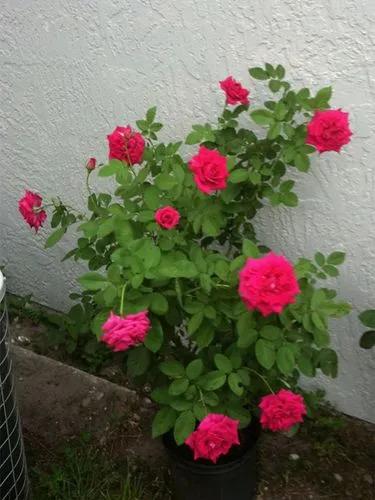Rhinanthus minor is an annual plant that can grow up to 0.50 metres tall. It is harvested from the wild for local use as a medicine and source of materials..
Yellow Rattle Care
Rhinanthus minor



Rhinanthus minor, the yellow rattle, little yellow rattle, hayrattle or cockscomb, is a flowering plant in the genus Rhinanthus in the family Orobanchaceae, native to Europe, northern North America, and Western Asia. It is a hemi-parasitic herbaceous annual plant that gains some of its nutrients from the roots of neighbouring plants. It grows to 25–50 centimetres (9 3⁄4–19 3⁄4 in) tall, with opposite, simple leaves, with a serrated margin. The flowers are yellow, produced on a terminal raceme. The fruit is a dry capsule, which contain loose, rattling seeds when ripe; the plant's name refers to these. Its preferred habitat is dry fields or meadows, where its flowering period is between June and September. The plant can associate with many different host species, notably Poaceae (grasses) and Fabaceae (legumes). In Ireland and Scotland, this species is often associated with Machair habitat. Research at the UK's Centre for Ecology and Hydrology has shown that encouraging yellow rattle to grow in hay meadows greatly increases biodiversity by restricting grass growth and thereby allowing other species to thrive. The seeds are spread very effectively by traditional hay-making practices. It can be cultivated by scarifying the surface of the ground with a fork or similar, then sowing onto short grass, 0.5–1 gram of seed per square metre. Yellow rattle seed is short-lived and should always be sown in the autumn, using seed harvested that year. Then, keep grass short for beginning of March when seedlings establish. Thereafter, the grass should not be cut until the end of July to allow the yellow rattle to flower and go to seed, then cut short.
This plant is useful.
How to get rid of: Yellow rattle is an annual plant that blooms in summer and goes to seed in autumn. The seeds, which have lain dormant throughout the winter, germinate in spring. The best way to manage yellow rattle is to mow or pull the plant before it blooms. If the plant blooms, mow it well before the flowers go to seed. Once the plant drops its seeds on the soil, it becomes very difficult to control. Although herbicides aren’t recommended in the home garden, you may be able to kill yellow rattle by spraying the plant carefully with a product containing glyphosate. However, getting rid of the plant may require several repeat applications. Read the label carefully before you begin. Spray the plant on a quiet day to prevent spray drift. If you accidentally spray a nearby garden plant, rinse the spray from the plant immediately. Never spray near ponds, drainage ditches or other bodies of water because the product is toxic to frogs and other amphibians. Always store chemicals safely out of reach of children and pets.
How to Care for the Plant

Popularity

26 people already have this plant 8 people have added this plant to their wishlists
Discover more plants with the list below
Popular articles






